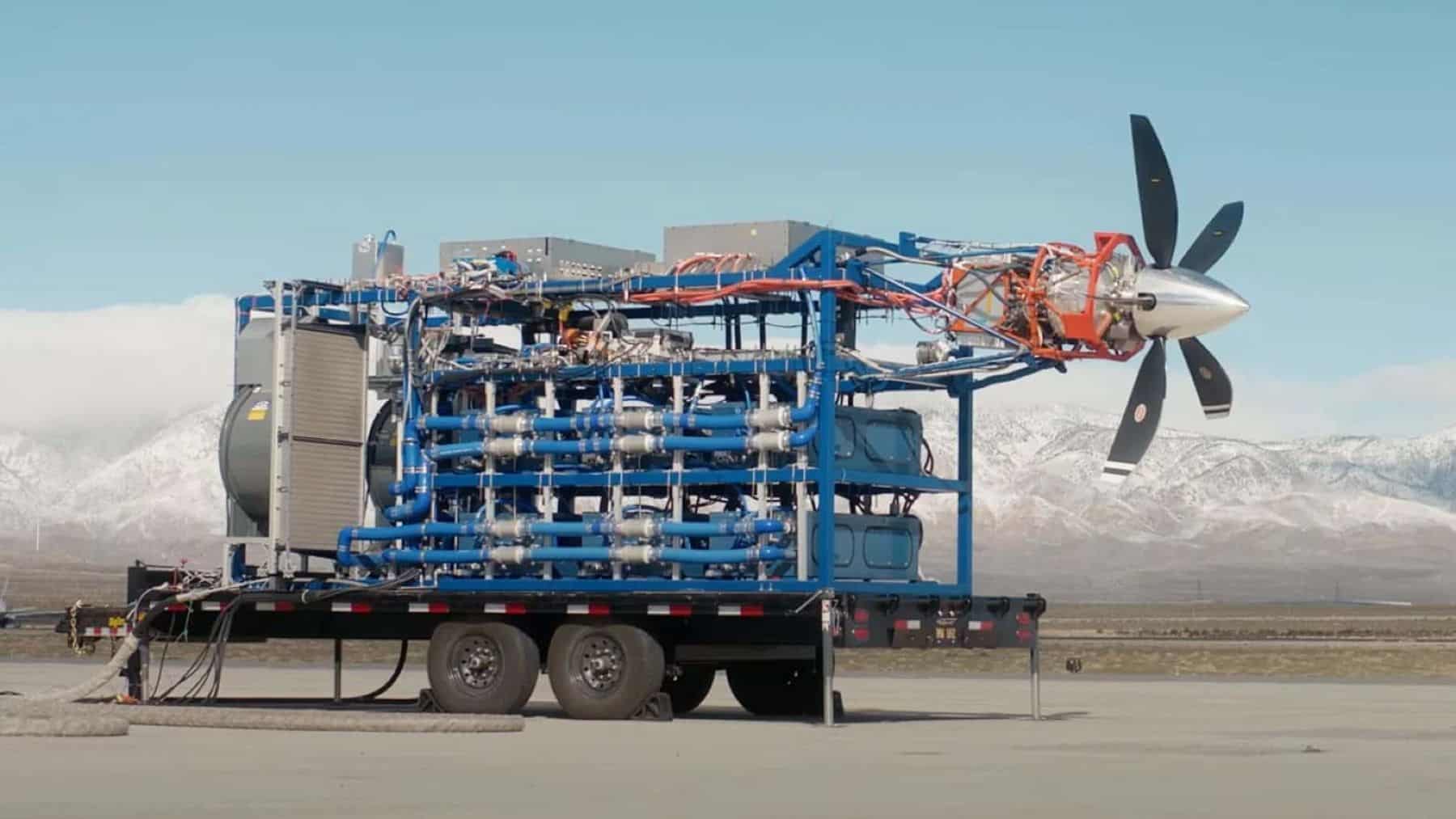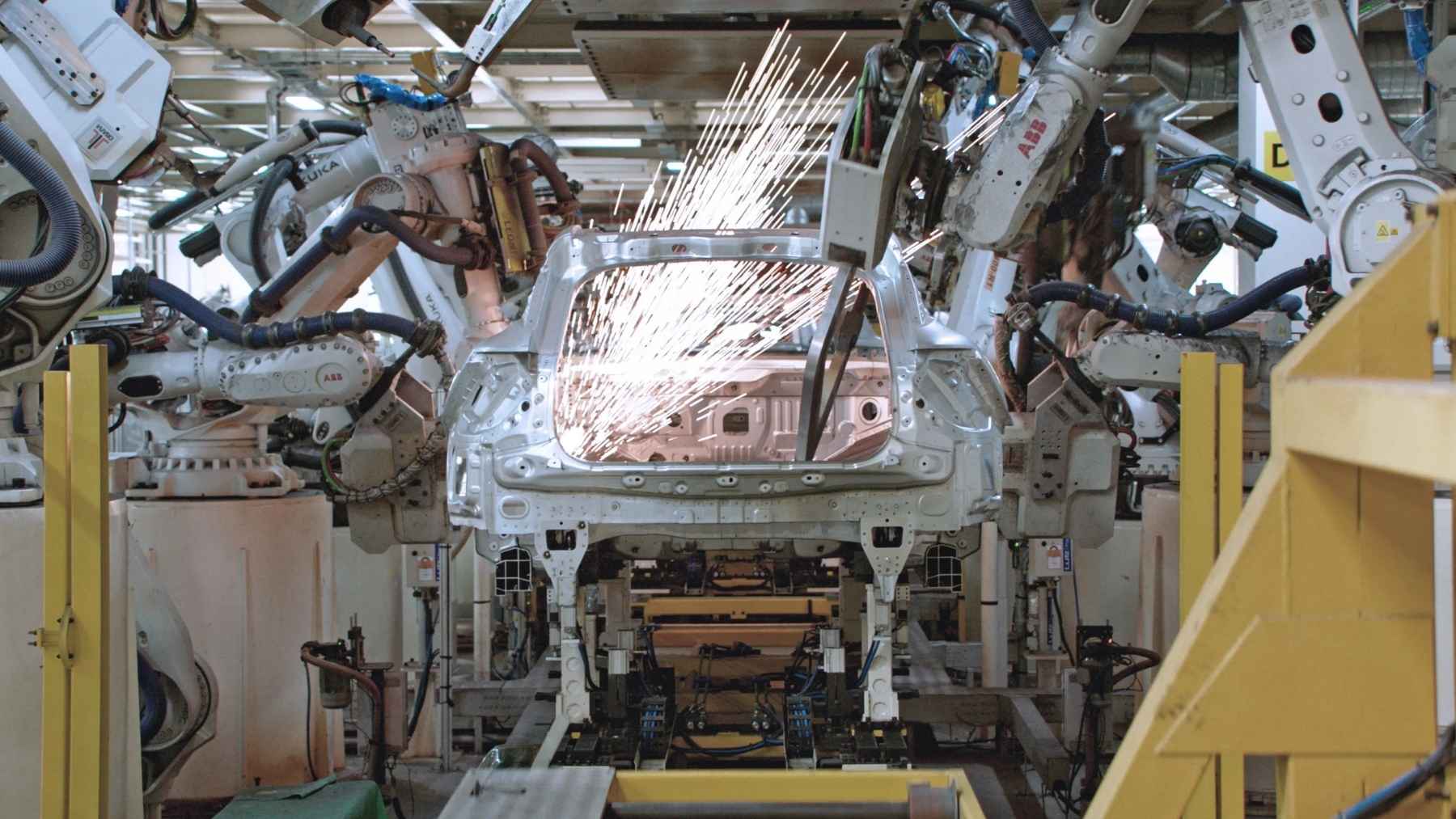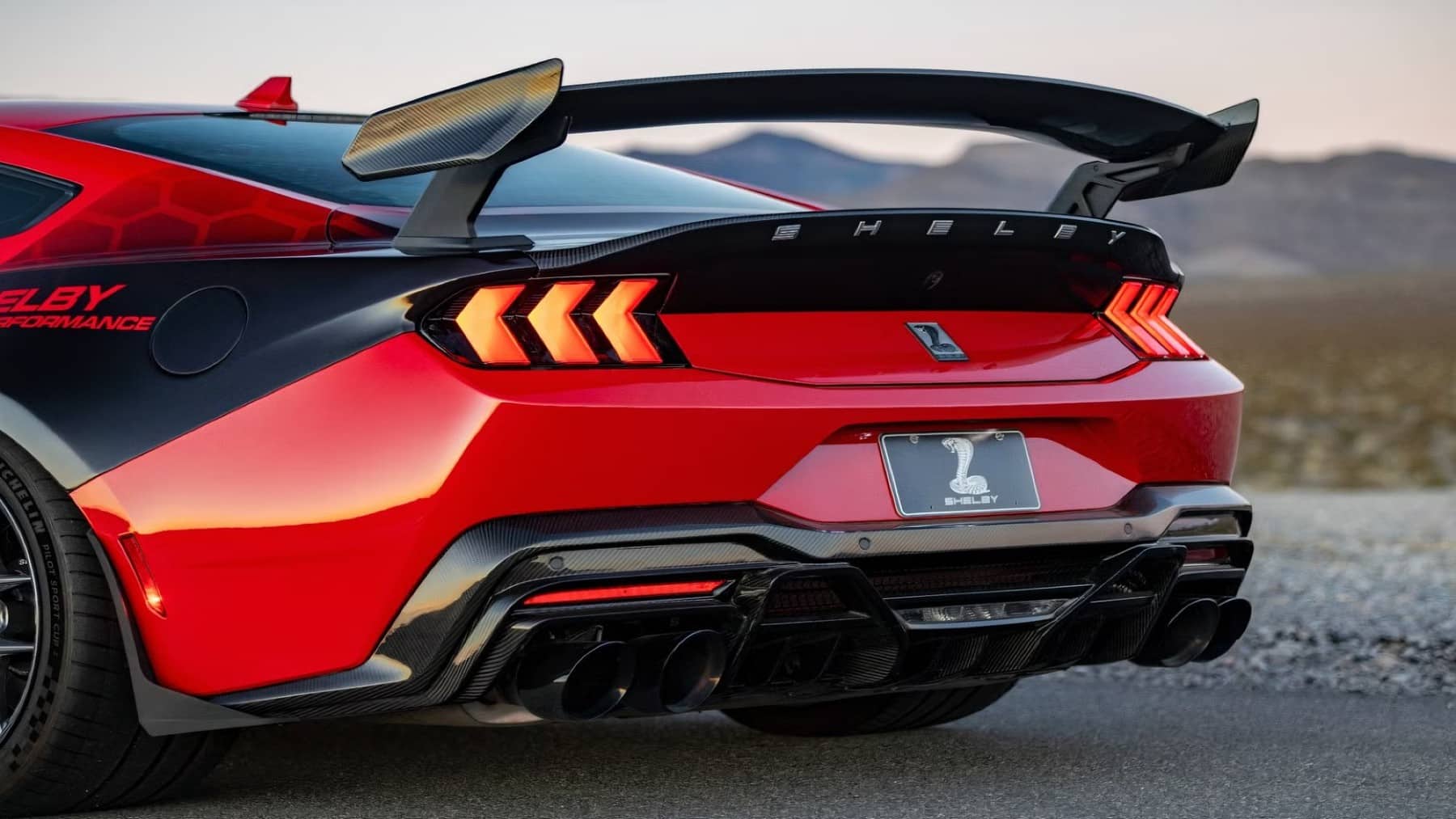As the world moves towards more sustainable solutions, the transportation industry in particular has been producing innovative technological designs in order to find ways to move away from fossil fuels. From electrical engines, to solar-powered boats, the world is making a combined effort to come up with solutions which are accessible to replace current technology with more environmentally friendly options. Hydrogen-powered vehicles and aircrafts in particular have been an exciting concept which have been showing promising results.
Hydrogen-powered vehicles take the world by a storm
Electrical vehicles were some of the first alternative engine solutions to begin taking the world by a storm when conversations on renewable energy first began to take place. The influence of Tesla, headed by CEO Elon Musk, has been noteworthy in advancing electrical vehicles to be seen as luxury and desirable products on the road. Currently, plug0in hybrid electrical vehicles are the most common alternative engine solution currently seen on the road today.
In addition to the electrical engine, hydrogen engines are also fast becoming an important complement to electrical engines. While nearly every ,major automobile company now offers some form of electrical vehicle in their lineup, a fewer number are also offering hydrogen-powered vehicles. The influence of Japanese automobile companies, particularly Toyota, on hydrogen engine technology development has helped to proper the technology from a concept, to actually being seen on the road.
New hydrogen-powered aircraft testing underway
Not only is the automobile sector investigating the potential of hydrogen, but so is the aircraft industry. Recently this month, Universal Hydrogen completed their testing of a 1-megawatt (MW) fuel cell using liquid hydrogen. The test occurred at the Mojave Air and Space Port in California and is the largest trial of a hydrogen-powered aircraft the world has ever seen. Currently, aircrafts have not made as big a progress as the automobile has in releasing alternative engine solutions, with the majority of commercial aircrafts still using kerosene-based fuels.
Airbus recently made the decision to cut costs to its ZEROe hydrogen program, a program which aimed to see a full functional and operating hydrogen aircraft working by 2035. However, this date has been extended to 2045, with their engineers being reassigned to other projects. Airbus’ decision for this is based on the reality of the limited infrastructure which will be available in 2035 to support hydrogen-powered aircrafts.
The aviation industry faces problems with electrical engines, as the sheer size of a battery which would be needed to power an aircraft would be far too heavy, making long-haul flights impossible. It is for this reason that hydrogen is being explored as a potential renewable solution. Universal Hydrogen has already powered a 40-seater flight using a hydrogen engine. However, we are still a long way from seeing this technology become widespread in the aviation industry, particularly its application in large passenger aircrafts.
The world continues to “go green”
While there has been increased technological innovation across industry, the biggest challenge we currently face is its implementation. Phasing out fossil fuels is no small feat, particularly when the entire transport and energy sector is designed around using these fuels. To start making these new fuels more widespread, a complete revolution is going to happen within these industries, with commitment from both companies and governments in making this transition.
Other designs which have been developed as an alternative to conventional engines include duel-fuel technology using biofuels. While these are not as popular as hydrogen and electrical engine solutions, they remain a critical development in diversifying the available engine solutions on the road if consumers are to be convinced to give up the internal combustion engine.














